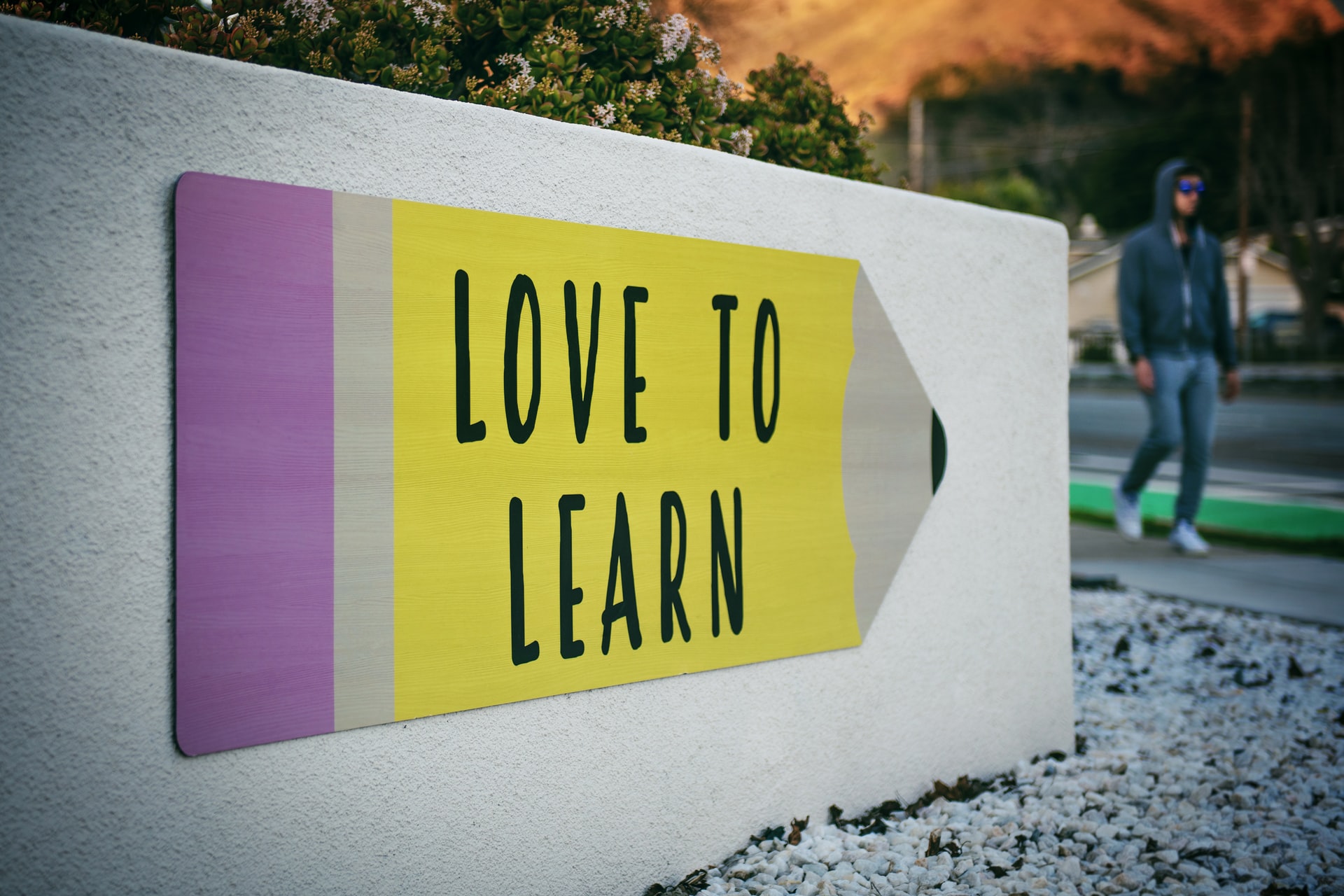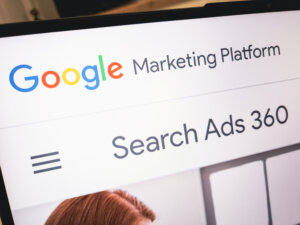How do you provide educational content? How do you know if it is valid and usable? The answer is by providing good communication.
How do you do that? What if there was, e.g., some technical knowledge that needed to be shared? Communicating and delivering that information can be challenging. Many learners attend networking sessions, seminars, etc. to gain the knowledge they need. But if you are within a company getting ready to show a new product, how do you begin?
Be proactive – be proactive to save time and effort by communicating to all stakeholders through a learning/teaching event.
Take the initiative – set up the learning/teaching for sharing the information, and actively seek others to assist in creating the session and to provide more ideas and feedback
Be creative – create a brand focused on the, e.g., particular product. When describing the event, mention the brand – make it consistent and apply it to as many examples as possible.
For the event:
- Engage attendees by asking questions within the screen content to lead them to what they need to know; make it different and engaging. Also, be enthusiastic when speaking.
- Provide incentives at the end of short blurbs, chapters, or content. For the handout or manual, include encouragement along the side bar, or display it in blue at the end of the content and say, e.g., ‘Yay that was awesome – you just finished learning how to xxxxx..using…’.
- Use gaming activities to stay connected to the audience. To encourage attendees, create and include a puzzle or mini quiz to see if they grasp the main objective of the session. Another idea is to display a graph and have them try to find the focal point within the graph.
- Give attendees what they want and need, i.e., make it relevant, but also make sure it makes sense to them.
- Show simulations or transform the learning session into a story.
To prove that knowledge was transferred:
- Have attendees work with someone within a group setting. Let one person create a scenario and have the other one come up with a solution using the new product and discuss the results.
- Create teams and have them set up mini teaching sessions of the subject and see if the rest of the audience understands and enjoys it. Some may develop a video instead or a play, or maybe some will simply set up an email distribution for knowledge sharing. Have attendees decide which was the more practical solution or audience capturing interaction, memorable skit, or best game or user experience.
There are many ways in which to communicate knowledge. Any comments or criticisms received provide feedback and analytics to see if the knowledge was absorbed. This in turn will help in deciding which was the best method and/or alternative method for communicating educational content to a user. As an added note, don’t forget to look at which is the easiest to implement and which is most cost effective.
If you have had experience in this field or wish to add information, please leave a comment. Thank you.
 Sections of this topic
Sections of this topic
















